Eyes Mark Sensor Overview
Eyes mark sensors are integral components in modern technology, designed to detect and respond to various physical stimuli swiftly. These sensors convert physical parameters into electrical signals, which can be managed remotely, making them versatile for a multitude of applications.
Types and Applications
The application spectrum of eyes mark sensors spans across several industries. In domestic appliances, they contribute to the safety and efficiency of devices. In the realm of motorsport, they are crucial for performance monitoring. Their role in agriculture aids in automation, while in industrial settings, they are pivotal for process control. Medical devices rely on them for diagnostic and monitoring purposes, and they are equally important in aerospace for system checks. Eyes mark sensors also play a role in HVAC systems to ensure environmental control.
Technological Diversity
The range of eyes mark sensors includes a variety of types such as photo-electric sensors, which are essential for detecting light intensity, and photocells that convert light into electrical energy. Current sensors monitor the flow of electricity, while direction sensors are vital for orientation detection. The advent of IoT has further expanded their use, integrating them into smart devices for enhanced connectivity and functionality.
Advanced Sensor Types
Motion detection is a critical function where eyes mark sensors are employed, with options like accelerometers and gyroscopes for dynamic applications. Optical sensors, tilt switches, and vibration sensors are also part of this category, each serving specific motion detection needs. Temperature control is another domain where these sensors are indispensable, with various models available for precise temperature monitoring and regulation.
Materials and Features
The construction of eyes mark sensors involves materials that ensure durability and accuracy. Sensors may include components like NTC and PTC thermistors, RTD elements, and thermostats, each selected for their reliability in temperature measurement. The features of these sensors are designed to cater to the rigorous demands of different environments, from the controlled conditions of a laboratory to the harsh surroundings of industrial sites.
Choosing the Right Sensor
For those interested in custom solutions, a variety of DIY electronics and kits are available, allowing for the creation of personalized devices with eyes mark sensors. When selecting a sensor, it is crucial to consider the specific requirements of your industry to ensure optimal compatibility and performance.




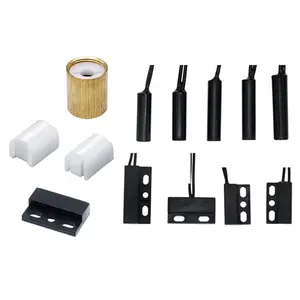

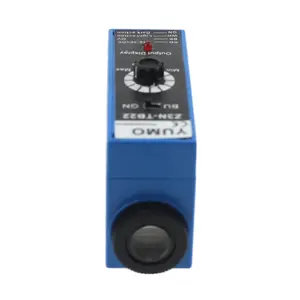



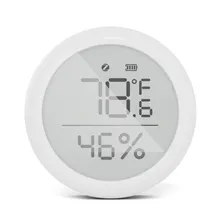




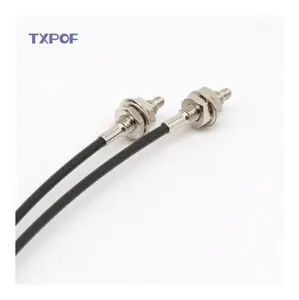
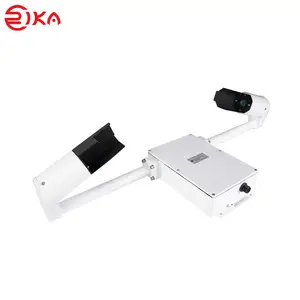
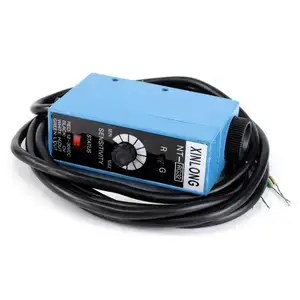
























 浙公网安备 33010002000092号
浙公网安备 33010002000092号 浙B2-20120091-4
浙B2-20120091-4